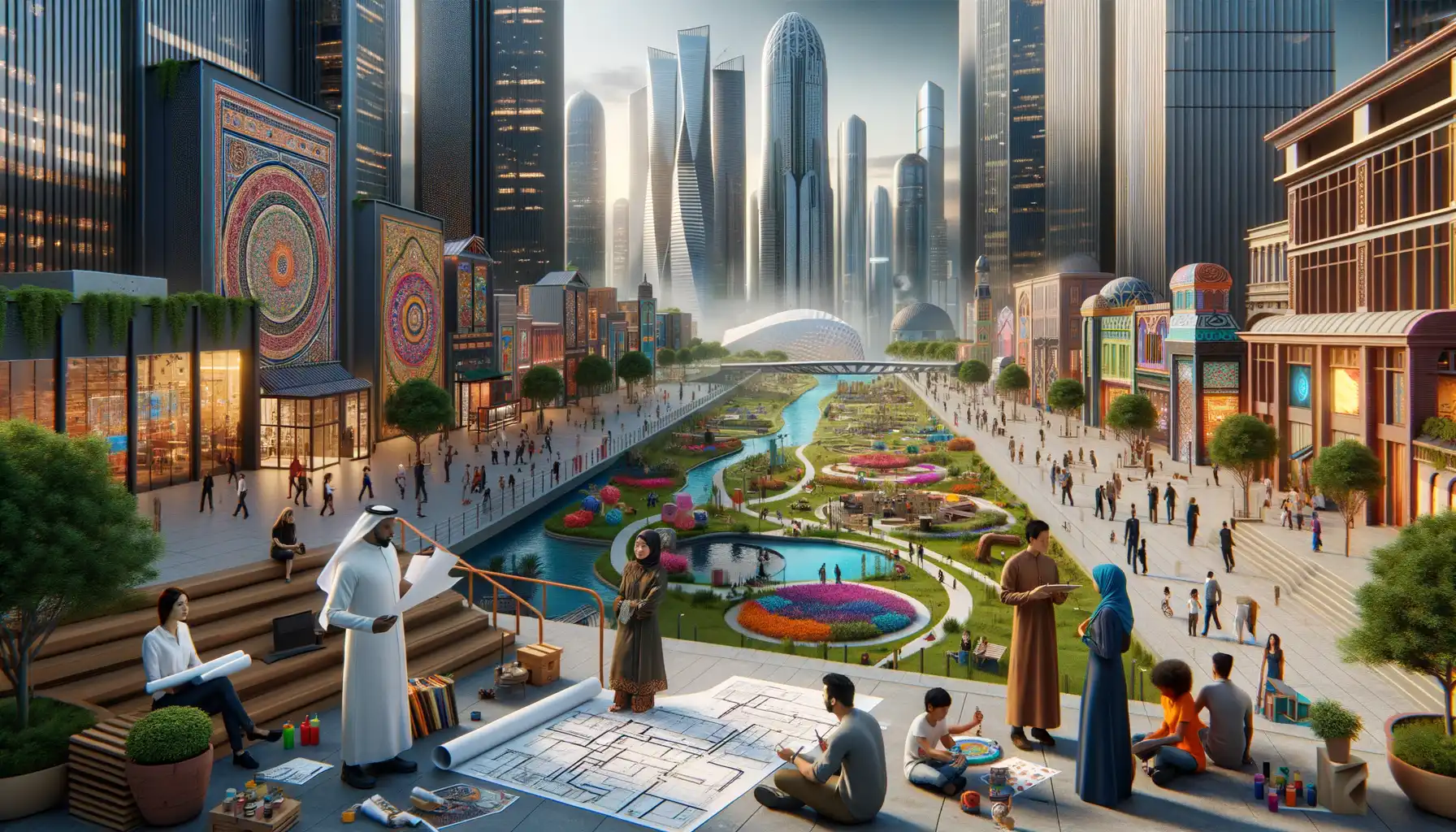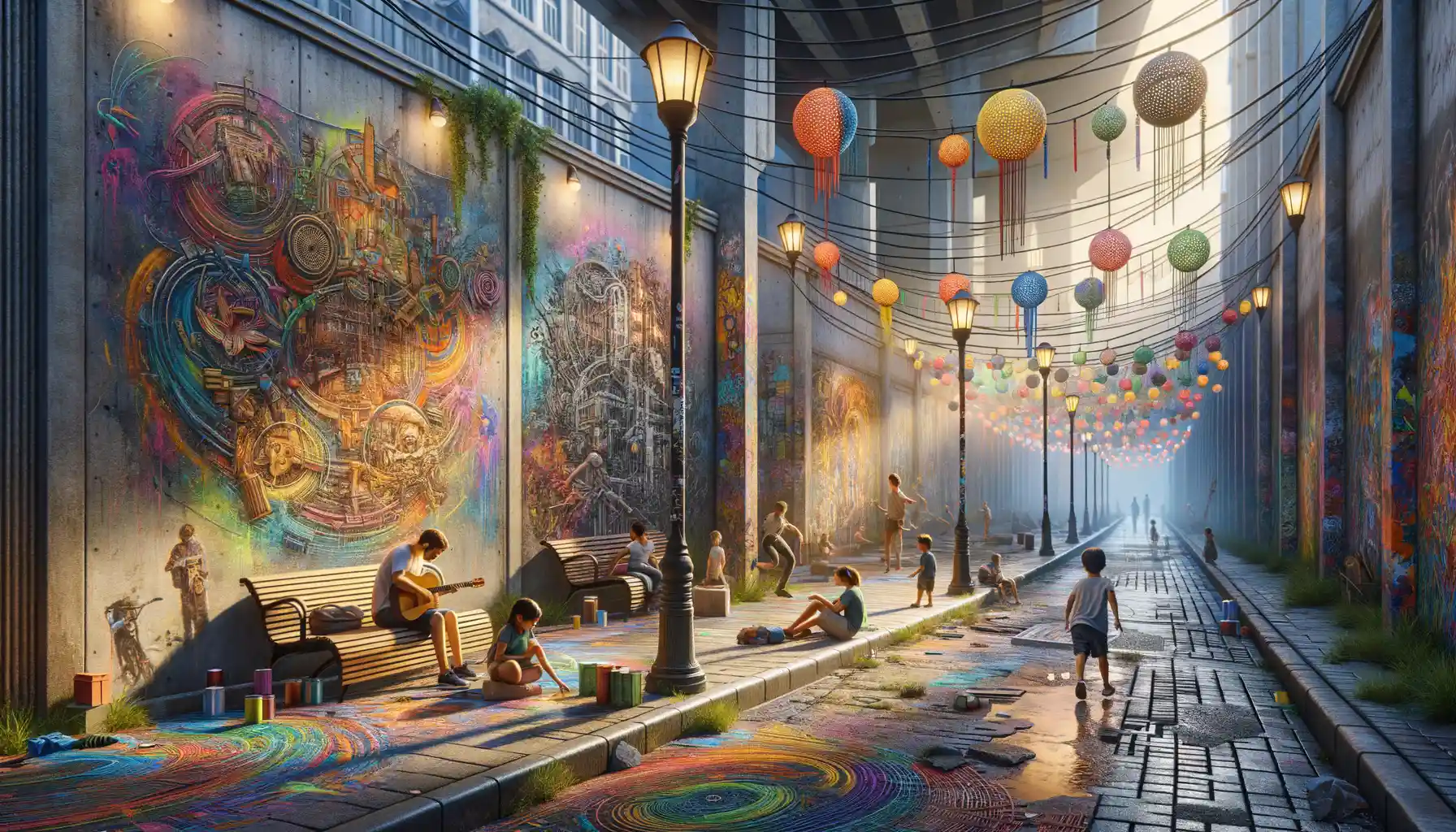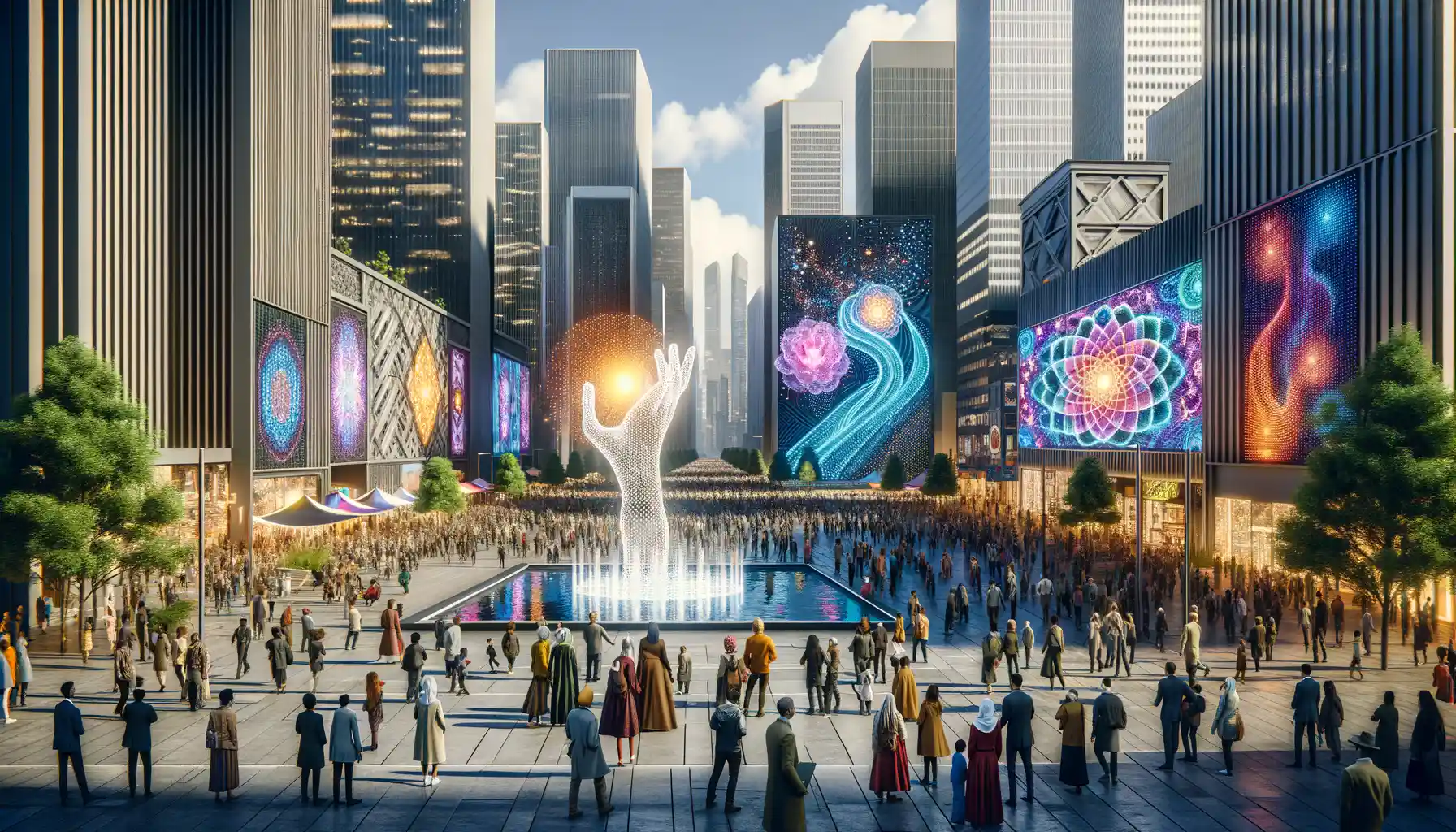The Role of Public Art in Urban Environments
Breathing Life Into Cityscapes
Public art is more than just decoration—it’s a pulse, a story, a soul imprinted on urban environments. Imagine strolling through an ordinary street, when suddenly, a towering mural slashes through the monotony of concrete. The colors breathe vivid life into the space. That’s what public art does—it transforms gray into gold.
Take a piece like Chicago’s “Cloud Gate”, lovingly nicknamed “The Bean.” It’s not just a shiny sculpture; it’s a gathering point, a mirror reflecting the city’s skyline and the faces of countless visitors. It sparks selfies, laughter, and conversations—breaking down barriers effortlessly.
- Murals ignite conversation: Think of graffiti walls illustrating social movements—powerful, unfiltered voices shouting from bricks.
- Interactive installations invite play: From swings in shopping districts to glowing sculpture gardens, creativity turns strangers into friends.
Public spaces often carry a weight of anonymity, but art injects personality. It whispers (or shouts!) stories of heritage, rebellion, dreams, and resilience. It’s there to challenge, inspire, or simply brighten a commuter’s gray Monday. Public art isn’t a luxury—it’s a city’s heartbeat. It reminds us we’re part of something greater than ourselves, all while daring us to look twice.
How Street Installations Impact Communities

The Ripple Effect of Street Installations
Picture this: a once-forgotten alleyway now buzzes with life, lit up by colorful murals and interactive art pieces that seem to whisper stories to every passerby. That’s the power of street installations—they don’t just sit there; they *breathe* life into their surroundings.
Street art has a unique way of breaking down barriers. Where else would strangers suddenly stop, side by side, to ponder a glowing sculpture or snap selfies in front of a witty, thought-provoking mural? It sparks dialogue—between neighbors, cultures, generations.
And let’s talk about pride. When locals see their streets transformed by beauty, they *feel* something shift. It’s as if these installations announce, “This place matters, and so do you.”
- Public benches turned into whimsical mosaic artworks become gathering spots.
- Pavement painted with vibrant patterns guides pedestrians with a smile instead of a sign.
- An oversized, quirky statue gives people a reason to name a meeting spot—and laugh about its charm.
The ripple doesn’t stop there. Businesses nearby feel it too, as foot traffic grows. Visitors linger, spend, and contribute energy to the neighborhood’s pulse. Magic, isn’t it?
The Intersection of Creativity and Urban Planning

Where Imagination Meets the Grid
Picture this: a drab, gray intersection suddenly bursts into life with bold murals, dynamic sculptures, or even interactive installations that invite people to stop, linger, and engage. That’s the magic that happens when creativity sneaks into urban planning. It’s where structured city grids meet the fluidity of human expression—and the results are extraordinary.
Urban planners may sketch maps with precision, but creativity adds soul to those blueprints. Take, for instance, projects like rainbow-colored crosswalks or giant 3D murals on once-crumbling walls. These aren’t just Instagram-worthy spots; they shift how we navigate and connect with a city.
- They spark joy: Who wouldn’t smile at a sidewalk piano inviting spontaneous concerts?
- They tell stories: Think mosaics that honor the cultural roots of a neighborhood.
- They build belonging: Public art inspires conversations between strangers, uniting them in shared wonder.
When visionaries collaborate—artists dreaming big and urban planners thinking practically—they unlock something extraordinary: cities that don’t just function but resonate deeply with their communities. It’s like turning cold concrete into a canvas for humanity itself.
Case Studies of Transformative Street Installations

Turning Walls into Voices: The Power of Murals
Imagine walking down a neglected urban alleyway that once felt cold and forgotten. Now, picture what happens when local artists turn those same cracked walls into bold murals brimming with color, emotion, and messages. Take **Los Angeles’ “Great Wall” mural**, a 2,754-foot-long masterpiece narrating the rich history of Mexican-Americans. It doesn’t just decorate—it educates, it protests, and it heals. Murals like this invite passersby to pause, reflect, and feel connected to stories they might not have heard otherwise.
But transformative street art isn’t limited to paint. In Bristol, UK, an installation called **”Museum of the Streets”** showcases framed photographs hung outdoors, transforming sidewalks into a gallery. Each image is a time capsule, prompting residents to see their daily paths in new light. One resident said, “It’s like someone pressed play on our shared memory.”
- They spark pride by reflecting cultural heritage.
- They confront tough subjects, igniting dialogue.
- They give commuters and wanderers moments of wonder.
Art, in these forms, isn’t passive decor. It becomes a living, breathing element of the city itself, speaking where words fail.
Future Trends and the Potential of Public Art

Redefining Interaction: The Digital Shift in Public Art
Picture this: you’re walking down a bustling street, and suddenly, your phone buzzes. You glance at the screen—it’s an invitation to interact with a nearby installation, one that merges the physical and digital worlds. This is the future of public art. With advancements like *augmented reality (AR)* and *interactive projections*, street installations are breaking boundaries, transforming sidewalks into vibrant canvases of innovation.
Here’s what’s on the horizon:
- AR-enhanced murals: Imagine scanning a painted wall to reveal hidden animations or stories right on your device.
- AI-driven sculptures: Structures that shift and evolve based on community interactions or environmental data.
- Virtual exhibitions: Entire streets becoming collaborative spaces where artists from around the globe contribute digitally.
This blend of technology and creativity isn’t just fun—it’s deeply engaging. It makes art personal, tugging at your curiosity as it invites you to actively participate. It’s not merely “art to look at” but art to live within.
The Rise of Ephemeral Installations
There’s a certain magic in the fleeting. Temporary works—such as chalk street paintings, pop-up sculptures, or shadow-based pieces that vanish as the sun moves—are becoming all the rage. Why? Because they draw us into a shared moment, an experience that feels intimate yet collective.
Take, for instance, the *Rain Room*, an installation where visitors walked through falling water without getting wet. Or those dazzling flash mobs of light sculptures that exist only for one night. These ephemeral wonders tell us something profound: art doesn’t have to be permanent to leave a lasting imprint.
As urban landscapes continue to evolve, these trends signal one thing above all—the growing potential of public art to connect, challenge, and inspire us in ways we’ve never imagined.
